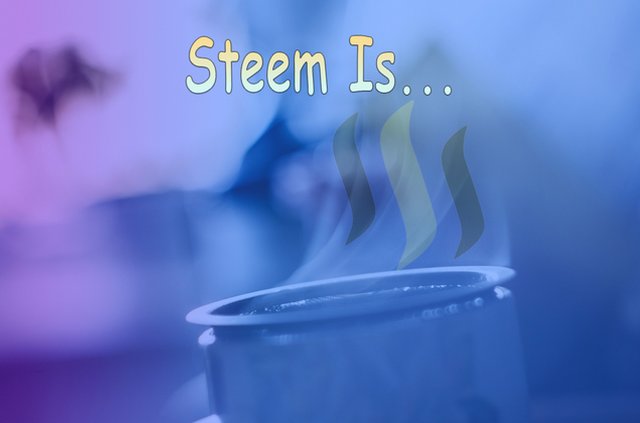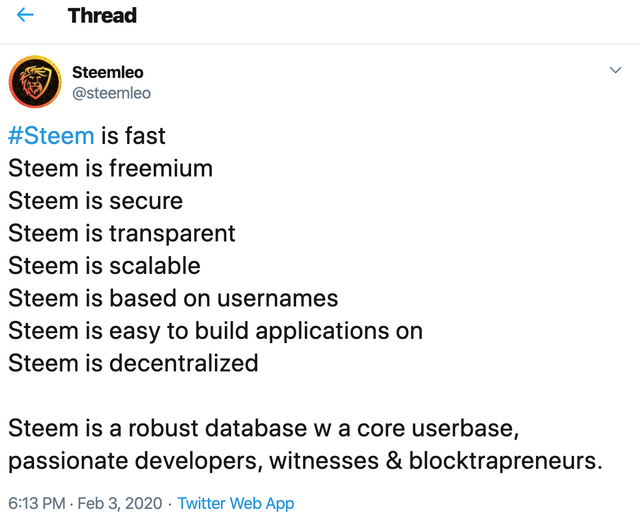Options Terms
My version of a “short list” of the essential terms I think your need to start your options trading education.
Option
An option is a contract between two parties in which the stock option buyer (holder) purchases the right (but not the obligation) to buy/sell 100 shares of an underlying stock at a predetermined price from/to the option seller (writer) within a fixed period of time.
Options Chain
The options chain shows the available call and put strike prices for a specific underlying security and expiration month.
Option Contract Specifications
The following terms are specified in an option contract.
Option Class
The two classes of stock options are puts and calls. Call options confers the buyer the right to buy the underlying stock while put options give him the rights to sell them.
Option Strike Price
The strike price is the price at which the underlying asset is to be bought or sold when the option is exercised. It's relation to the market value of the underlying asset affects the moneyness of the option and is a major determinant of the option's premium.
Option Premium/Price
In exchange for the rights conferred by the option, the option buyer have to pay the option seller a premium for carrying on the risk that comes with the obligation. The option premium depends on the strike price, volatility of the underlying, as well as the time remaining to expiration.
Option Expiration Date
Option contracts are wasting assets and all options expire after a period of time. Once the stock option expires, the right to exercise no longer exists and the stock option becomes worthless. The expiration month is specified for each option contract. The specific date on which expiration occurs depends on the type of option. For instance, stock options listed in the United States expire on the third Friday of the expiration month.
Option Style
An option contract can be either American style or European style. The manner in which options can be exercised also depends on the style of the option. American style options can be exercised any time before expiration while European style options can only be exercise on expiration date itself. All of the stock options currently traded in the marketplaces are American-style options.
Underlying Asset
The underlying asset is the security which the option seller has the obligation to deliver to or purchase from the option holder in the event the option is exercised. In the case of stock options, the underlying asset refers to the shares of a specific company. Options are also available for other types of securities such as currencies, indices and commodities.
Contract Multiplier
The contract multiplier states the quantity of the underlying asset that needs to be delivered in the event the option is exercised. For stock options, each contract covers 100 shares.
The Options Market
Participants in the options market buy and sell call and put options. Those who buy options are called holders. Sellers of options are called writers. Option holders are said to have long positions, and writers are said to have short positions.
Now let’s move on to some more exciting terminology, I hope.
Call Option
A call option is an option contract in which the holder (buyer) has the right (but not the obligation) to buy a specified quantity of a security at a specified price (strike price) within a fixed period of time (until its expiration). For the writer (seller) of a call option, it represents an obligation to sell the underlying security at the strike price if the option is exercised. The call option writer is paid a premium for taking on the risk associated with the obligation. For stock options, each contract covers 100 shares.
Put Option
A put option is an option contract in which the holder (buyer) has the right (but not the obligation) to sell a specified quantity of a security at a specified price (strike price) within a fixed period of time (until its expiration). For the writer (seller) of a put option, it represents an obligation to buy the underlying security at the strike price if the option is exercised. The put option writer is paid a premium for taking on the risk associated with the obligation. For stock options, each contract covers 100 shares.
Moneyness
Moneyness is a term describing the relationship between the strike price of an option and the current trading price of its underlying security. In options trading, terms such as in-the-money, out-of-the-money and at-the-money describe the moneyness of options.
In-the-Money (ITM)
A call option is in-the-money when its strike price is below the current trading price of the underlying asset. A put option is in-the-money when its strike price is above the current trading price of the underlying asset. In-the-money options are generally more expensive as their premiums consist of significant intrinsic value on top of their time value.
Out-of-the-Money (OTM)
Calls are out-of-the-money when their strike price is above the market price of the underlying asset. Puts are out-of-the-money when their strike price is below the market price of the underlying asset. Out-of-the-money options have zero intrinsic value. Their entire premium is composed of only time value. Out-of-the-money options are cheaper than in-the-money options as they possess greater likelihood of expiring worthless.
At-the-Money (ATM)
An at-the-money option is a call or put option that has a strike price that is equal to the market price of the underlying asset. Like OTM options, ATM options possess no intrinsic value and contain only time value which is greatly influenced by the volatility of the underlying security and the passage of time. Often, it is not easy to find an option with a strike price that is exactly equal to the market price of the underlying. Hence, close-to-the-money or near-the-money options are bought or sold instead.
Intrinsic Value
The intrinsic value is determined by the difference between the current trading price and the strike price. Only in-the-money options have intrinsic value. Intrinsic value can be computed for in-the-money options by taking the difference between the strike price and the current trading price. Out-of-the-money options have no intrinsic value.
Extrinsic or Time Value
An option's time value is dependent upon the length of time remaining to exercise the option, the moneyness of the option, as well as the volatility of the underlying security's market price. The time value of an option decreases as its expiration date approaches and becomes worthless after that date. This phenomenon is known as time decay. As such, options are also wasting assets. For in-the-money options, time value can be calculated by subtracting the intrinsic value from the option price. Time value decreases as the option goes deeper into the money. For out-of-the-money options, since there is zero intrinsic value, time value = option price. Typically, higher volatility give rise to higher time value. In general, time value increases as the uncertainty of the option's value at expiry increases.
Delta
Delta is the change in the options price compared to the change in the price of the underlying asset.
The option's delta is the rate of change of the price of the option with respect to its underlying security's price. The delta of an option ranges in value from 0 to 1 for calls (0 to -1 for puts) and reflects the increase or decrease in the price of the option in response to a 1 point movement of the underlying asset price. Far out-of-the-money options have delta values close to 0 while deep in-the-money options have deltas that are close to 1. As the time remaining to expiration grows shorter, the extrinsic or time value of the option evaporates and correspondingly, the delta of in-the-money options increases while the delta of out-of-the-money options decreases.
Theta
Theta is the change in the price of the option or more specifically rate of erosion of the options price over time.
This results in option's theta being called a measurement of the option's time decay. The theta measures the rate at which options lose their value, specifically the time value, as the expiration date draws nearer. Generally expressed as a negative number, the theta of an option reflects the amount by which the option's value will decrease every day. An option’s value is divided into extrinsic and intrinsic value and extrinsic value is all time. This theta causes OTM options to lose value rapidly down to zero due to the lack of intrinsic value. Conversely ITM options lose less of their total value over time due to their higher intrinsic value.
I think that’s a good list to start with and If you think of something I missed a beginner needs to know, please add it in the comments below.
Thank you
✍️written by Shortsegments.

Shortsegments is a blogger or writer on the Steemit social media platform, where content producers get paid for posting their content. A big difference between Steemit a decentralized platform like Steemit and centralized platforms like Facebook or YouTube is that there isn’t a central authority or owner to take your account away from you and your account can’t be deleted. You are the owner of your account.
Read other articles by @shortsegments on the Steemit Social Media Platform.
Read shortsegments investment blog on the Steemleo investment Blog
Please follow @shortsegments Twitter Feed Here
Curious? Want to learn more about Steemit??

A very important difference between Steemit and centralized platforms like Facebook, Instagram or YouTube, is that there isn’t a central authority or owner to take your account away from you and your account can’t be deleted. You are the owner of your account. Find out more at this Link
Do you want to join the Steemit Social Networking Platform and don’t know where to start? No Problem there’s Steem Onboarding to help, and the information is available in Six Languages!
Steem Onboarding helps you apply for an account and is a series of videos which explains how Steemit works. You don’t need to understand everything about the blockchain to post content and our Onboarding help is available in six different languages.

Steemit Steem

Steemit is a decentralized social media platform on a blockchain called Steem.

Posted via Steemleo


That’s a lot of vocabulary.
Posted using Partiko iOS
!giphy good+book
!giphy good+job
!giphy pop+corn
!popcorn
!beer
!coffee
!engage
Posted using Partiko iOS
giphy is supported by witness untersatz!